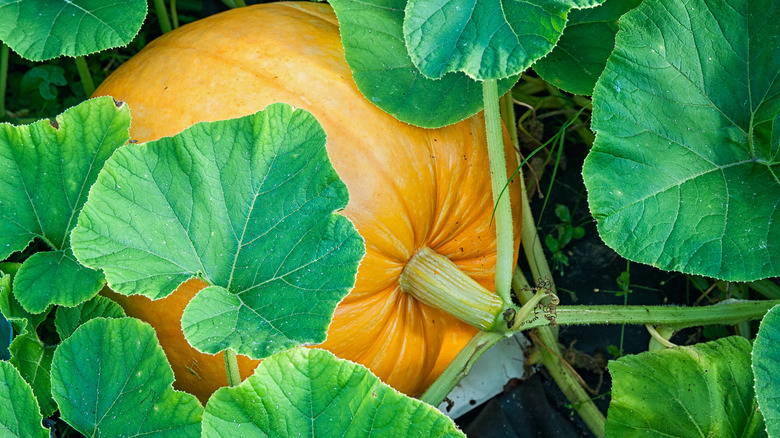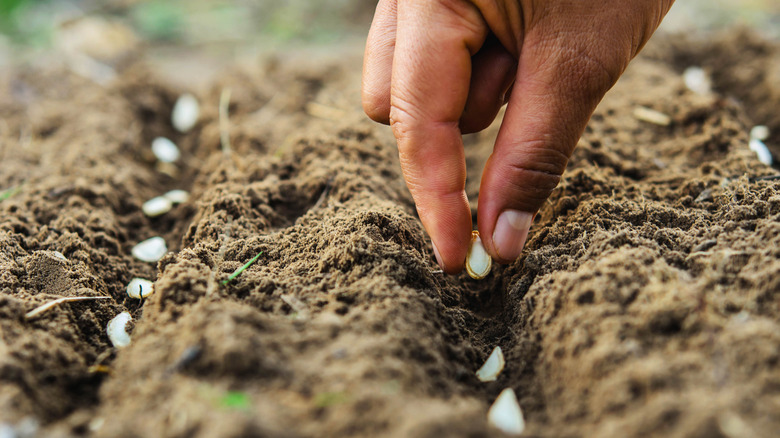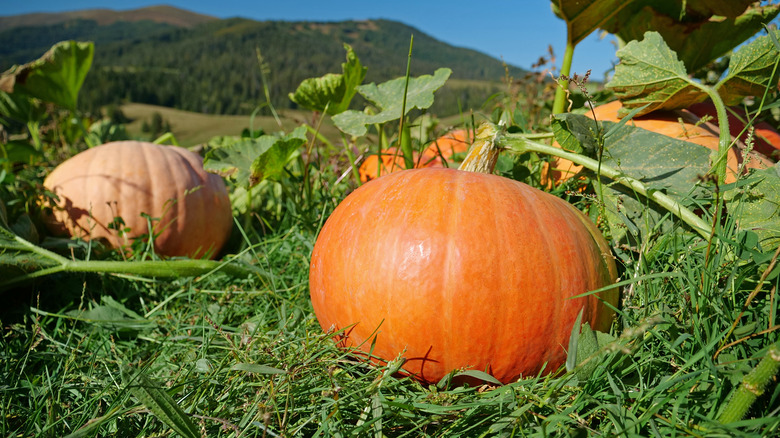What Is The Best Time Of Year To Plant Pumpkins?
It's always a good time to start planning out your crops for the next year. While you may be tempted to start planting seeds and bulbs at the first sign of spring, it's important to pay attention to the specific growth and care instructions of each plant. Soil type, sun exposure, fertilizer, and maintenance needs can vary greatly from plant to plant, making it essential to make your plans well in advance of planting season, which typically hits full swing between late spring and early summer. Coleshill Mowing recommends planning at the beginning of the year and starting seeds as early as March!
Pumpkins can feel extremely unintuitive because they are typically harvested in the autumn but need a long time to develop given their size. And while you may only be thinking of them on your front porch come October, it's essential to start planting pumpkins well in advance of fall. To determine when it's time to plant your pumpkin seeds, there are a few things to consider, like whether you'll be growing your crop indoors or out, as well as what your local climate is. Knowing this can help you make the best choice for your personal pumpkin patch.
Start things off inside
While pumpkins are large and take a long time to reach maturity, the Royal Horticultural Society assures us that they are fun and easy to grow, so don't be intimidated about growing them from seeds. However, to maximize your growing time, try first planting and germinating the seeds indoors. We aren't suggesting that you need an indoor garden large enough to support an entire pumpkin patch, but just a few pots that can allow the pumpkin seeds to safely begin their growing journey. Thompson-Morgan reports that pumpkins like to be kept around at least 61 degrees Fahrenheit, which is pretty rare in most North American climates.
If you give pumpkin seeds a head start around April or May indoors, they can be transferred outside in the early summer when the soil has warmed and there's no chance of frost. June is a great month to make the move outside, but you can start your seeds at that time, too. Just expect a later harvest period.
Taking care of pumpkin crops
When the temperatures have increased enough and the soil is warm enough to support your pumpkins, usually around late May or early June, it's time to get your seeds or starters in their final position. Find a place in your garden that gets plenty of sunshine — pumpkins like to stay toasty — and fill it with moisture-retaining soil, says Almanac. As you probably already know, vining pumpkins can get big very quickly, so you want to leave plenty of room between each plant; try to leave 6-10 feet of space between rows, and 24 inches between each plant (per Harvest to Table). This will prevent stunted growth and collisions between pumpkins.
Harvest to Table also suggests planting some flowering herbs to encourage pollinators to visit your pumpkins, better aiding their growth. Sage, bee balm, and lavender are all great, easy-to-grow choices. The most important thing is to make sure your pumpkins receive plenty of sunlight, water, and space.


